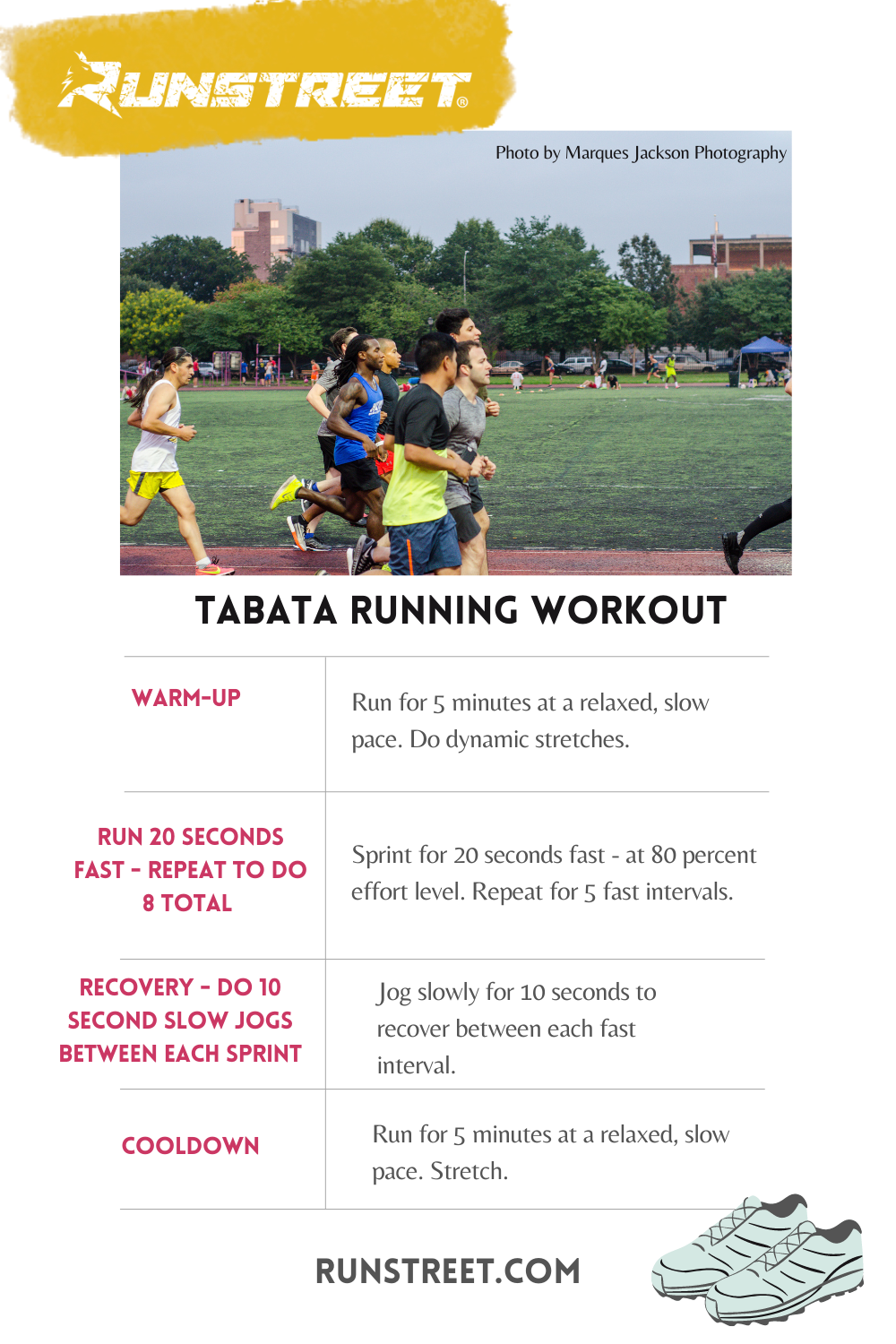Unleash Your Potential: Running Strategy Fundamentals for Peak Performance
Unleash Your Potential: Running Strategy Fundamentals for Peak Performance
Blog Article
Taking Care Of Usual Running Discomforts: Causes, Solutions, and Prevention
As joggers, we frequently encounter numerous pains that can hinder our efficiency and enjoyment of this physical activity. By discovering the root factors for these operating discomforts, we can uncover targeted solutions and precautionary steps to guarantee a smoother and extra satisfying running experience.
Common Running Discomfort: Shin Splints
Shin splints, a typical running discomfort, usually result from overuse or improper footwear throughout physical activity. The repetitive stress and anxiety on the shinbone and the cells attaching the muscular tissues to the bone leads to inflammation and discomfort.
To protect against shin splints, people must gradually increase the strength of their workouts, use suitable footwear with correct arch assistance, and keep versatility and toughness in the muscles surrounding the shin (running strategy). In addition, including low-impact activities like swimming or biking can assist maintain cardiovascular physical fitness while enabling the shins to recover.
Typical Running Discomfort: IT Band Syndrome
Along with shin splints, an additional prevalent running discomfort that athletes commonly encounter is IT Band Disorder, a condition created by swelling of the iliotibial band that runs along the outer upper leg and knee. IT Band Disorder typically manifests as pain on the outside of the knee, especially during activities like running or cycling. The iliotibial band is a thick band of fascia that links the hip to the shin, and when it comes to be irritated or limited, it can scrub versus the thigh bone, leading to discomfort and pain.
Joggers experiencing IT Band Syndrome may observe a painful or aching experience on the external knee, which can intensify with ongoing activity. Factors such as overuse, muscular tissue inequalities, improper running type, or inadequate workout can add to the growth of this problem.
Usual Running Discomfort: Plantar Fasciitis
:max_bytes(150000):strip_icc()/running-longer-or-faster-31e97070bda14ffc8afdea52094504c7.jpg)
Plantar Fasciitis can be credited to various variables such as overtraining, inappropriate shoes, working on tough surface areas, or having high arcs or level feet. To stop and ease Plantar Fasciitis, runners can include stretching workouts for the calves and plantar fascia, put on supportive shoes, maintain a healthy and balanced weight to lower strain on the feet, and progressively enhance running strength to stay clear of unexpected anxiety on the plantar fascia. If signs persist, it is recommended to speak with a medical care specialist for proper medical diagnosis and treatment options to resolve the problem efficiently.
Usual Running Pain: Jogger's Knee
After resolving the obstacles of Plantar Fasciitis, another common problem that joggers typically encounter is Runner's Knee, an usual running discomfort that can hinder athletic performance and trigger discomfort during physical task. Runner's Knee, likewise known as patellofemoral discomfort syndrome, shows up as pain around or behind the kneecap. This condition is frequently credited to overuse, muscle discrepancies, inappropriate running techniques, or troubles with the positioning of the kneecap. Joggers experiencing this pain might feel a dull, hurting discomfort while running, rising or down staircases, or after extended durations of sitting. To avoid Runner's Knee, it is important to include proper workout pop over to these guys and cool-down regimens, preserve strong and balanced leg muscle mass, use appropriate footwear, and progressively increase running intensity. If signs persist, consulting from a health care expert or a sports medication professional is suggested to detect the underlying reason and establish a customized treatment plan to ease the pain and prevent more problems.
Typical Running Discomfort: Achilles Tendonitis
Commonly affecting runners, Achilles Tendonitis is an unpleasant problem that influences the Achilles ligament, causing discomfort and prospective restrictions in physical activity. The Achilles tendon is a thick band of cells that links the calf bone muscular tissues to the heel bone, crucial for tasks like running, jumping, and walking - great tips. Achilles Tendonitis commonly develops as a result of overuse, inappropriate shoes, inadequate stretching, or abrupt increases in exercise
Symptoms of Achilles Tendonitis include discomfort and tightness along the ligament, specifically in the morning or after durations of lack of exercise, swelling that intensifies with task, and perhaps bone stimulates in persistent instances. To protect against Achilles Tendonitis, it is vital to extend correctly before and after running, wear suitable shoes with proper assistance, progressively increase the intensity of workout, and cross-train to minimize recurring stress and anxiety on the tendon. Treatment might involve rest, ice, compression, elevation (RICE protocol), physical therapy, orthotics, and in extreme cases, surgical procedure. Early intervention and appropriate care are vital for taking care of Achilles Tendonitis effectively and avoiding long-lasting problems.
Verdict

Report this page